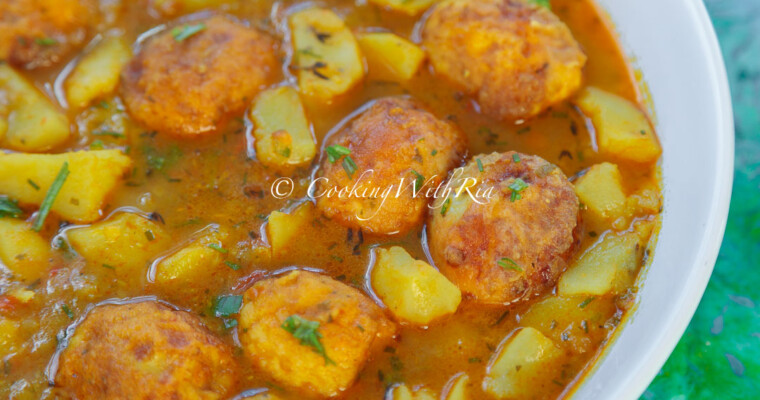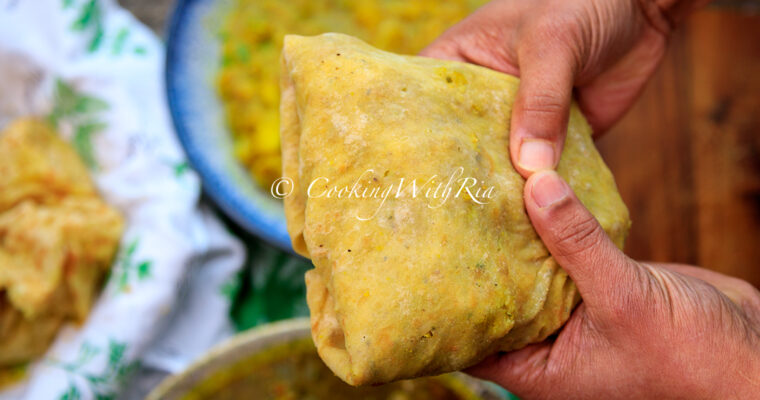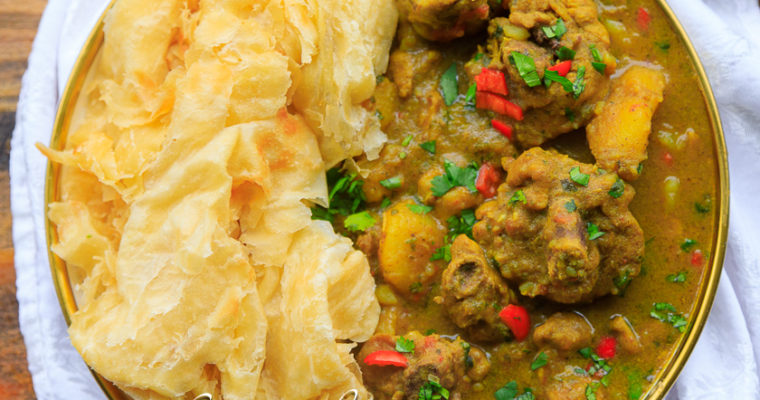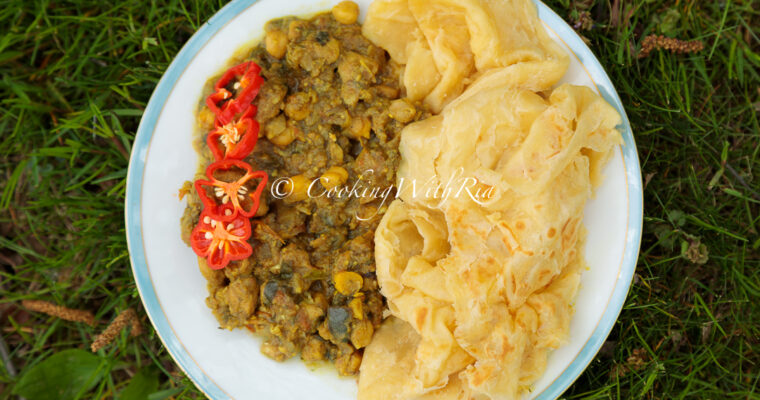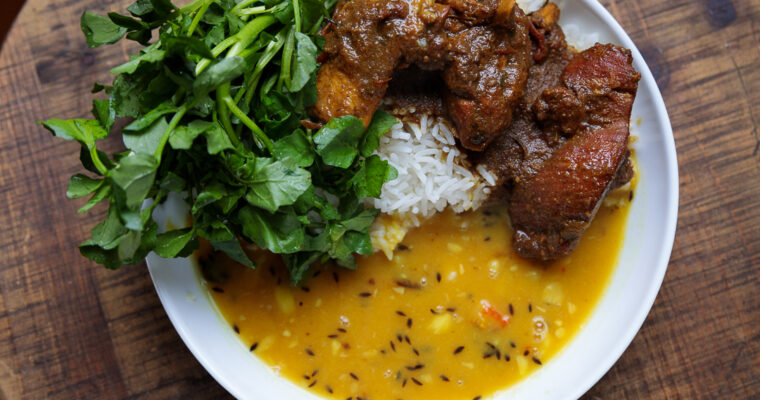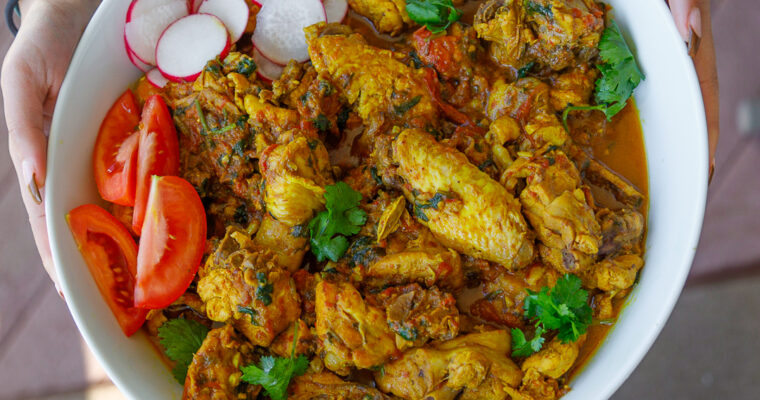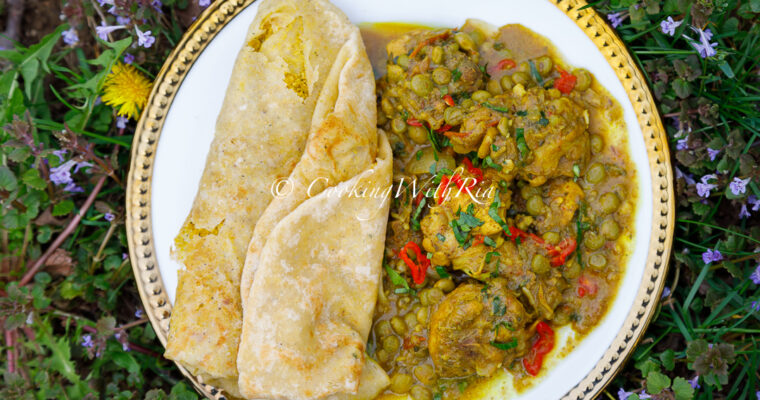1. Divali (Diwali)
Date: Varies (October or November)
Divali, known as the Festival of Lights, is one of the most important Hindu holidays celebrated in Trinidad and Tobago. The festival typically falls in October or November, depending on the lunar calendar. It commemorates the return of Lord Rama to Ayodhya after 14 years in exile and his victory over the demon king Ravana, symbolizing the triumph of good over evil and light over darkness.
Divali is marked by the lighting of diyas / deeyas (small oil lamps) outside homes, in temples, and at public gatherings. In Trinidad, homes are beautifully decorated with lights, and families engage in puja / pooja (prayer) to Lakshmi, the goddess of wealth and prosperity. Food plays a big part in the celebration, with sweets like ladoo, barfi, kurma, sweet rice, and gulab jamun being shared among family and friends.
In Trinidad and Tobago, Divali is a national holiday, and the Divali Nagar in Chaguanas is a major highlight. This cultural event showcases Hindu traditions, including music, dance, and religious ceremonies, and attracts thousands of visitors. The significance of Divali in Trinidad reflects the country’s multicultural fabric, where Indian culture, particularly Hinduism, plays an integral role.
2. Holi (Phagwa)
Date: Varies (March)
Holi, also known as Phagwa in Trinidad, is a spring festival celebrated with much enthusiasm by the Indo-Trinidadian community. The festival, which usually falls in March, is associated with the mythological tale of Prahlad and his triumph over his evil aunt Holika, symbolizing the victory of good over evil.
The festivities begin with the lighting of a bonfire, representing the burning of Holika. The following day is marked by vibrant celebrations where participants throw abeer (colored powder) and spray water on each other. In Trinidad, Phagwa celebrations are filled with traditional Chowtal singing, dancing, and joyous gatherings in open spaces.
Phagwa is a deeply communal event in Trinidad, bringing people of all backgrounds together to celebrate in a spirit of unity and joy. It reflects the importance of springtime renewal and the vibrant colors symbolize the beauty and diversity of life.
3. Navratri
Date: Varies (September or October)
Navratri is a nine-night Hindu festival that celebrates the goddess Durga and her victory over the demon Mahishasura. Celebrated twice a year, the more prominent version of Navratri falls in September or October. Each night of the festival is dedicated to a different form of Durga, symbolizing her power and benevolence.
During Navratri, Hindus in Trinidad and Tobago observe fasting and prayer rituals, often visiting temples for Garba and Dandiya dances. Families participate in the Durga Puja and recite hymns, seeking blessings for health, prosperity, and protection from evil. Navratri culminates on the tenth day with Dussehra, which marks the victory of good over evil.
In Trinidad, Navratri is celebrated with both private household prayers and community events, showcasing traditional Indian music, dance, and cultural expressions.
4. Ganesh Chaturthi
Date: Varies (August or September)
Ganesh Chaturthi celebrates the birth of Lord Ganesha, the elephant-headed god of wisdom, success, and remover of obstacles. The festival, which falls in August or September, is one of the most widely celebrated Hindu festivals, both in India and the Indo-Trinidadian community.
In Trinidad, clay idols of Ganesha are crafted and worshipped in homes and temples during the festival. Prayers and offerings of modak (a sweet dumpling) are made to the deity. The celebration often lasts for 10 days, and on the final day, the idols are immersed in water, symbolizing the return of Ganesha to his celestial abode.
Ganesh Chaturthi is celebrated with much devotion, and the immersion processions are a grand spectacle, reflecting Trinidad’s deep respect for Hindu traditions.
5. Raksha Bandhan
Date: Varies (August)
Raksha Bandhan is a festival that celebrates the bond between brothers and sisters. It falls in August and is an occasion where sisters tie a rakhi (a sacred thread) around their brothers’ wrists, signifying love, protection, and a promise of care.
Though this festival is more personal in nature, it is still widely celebrated in Hindu families across Trinidad and Tobago. Brothers, in return, give gifts to their sisters as a token of their affection. The day is marked by family gatherings and the exchange of sweets, reflecting the importance of family ties in Hindu culture.
6. Pitra Paksha (Shradh)
Date: Varies (September or October)
Pitra Paksha, also known as Shradh, is a 16-day period in the Hindu calendar during which Hindus pay homage to their ancestors. It usually falls in September or October and is observed with prayers, rituals, and offerings to departed family members, expressing gratitude and seeking blessings.
In Trinidad, Hindus perform tarpan (offering of water) and food offerings to their ancestors, often at riversides or in temples. The rituals are meant to honor the souls of the deceased and ensure their spiritual peace. Families gather to perform these rites, reflecting on the importance of ancestry and the cyclical nature of life and death.
7. Maha Shivaratri
Date: Varies (February or March)
Maha Shivaratri is a major Hindu festival dedicated to Lord Shiva, the destroyer and transformer among the Hindu Trinity of deities. It falls in February or March and is observed with fasting, night-long vigils, and special prayers at temples.
Hindus in Trinidad gather at temples to offer prayers, bilva leaves, and milk to Shiva’s lingam (a symbolic representation of Shiva). Chanting and devotional singing continue throughout the night, with the belief that worship on this night will cleanse sins and bring blessings of prosperity and well-being.
8. Krishna Janmashtami
Date: Varies (August or September)
Janmashtami celebrates the birth of Lord Krishna, one of the most beloved gods in Hinduism. The festival usually falls in August or September. In Trinidad, temples are decorated with flowers and lights, and devotees fast and sing hymns in praise of Krishna.
In many Hindu homes, the stories of Krishna’s playful childhood and his role in the Mahabharata are recited. Midnight prayers are held to mark Krishna’s birth, followed by breaking the fast and feasting on sweets and fruits.
9. Kartik
Date: Varies (October or November)
Kartik is a sacred month in the Hindu calendar that is particularly important for religious observances, fasting, and acts of devotion. The festival of Kartik Purnima marks the end of this month and is celebrated with prayers, rituals, and visits to temples.
In Trinidad, Hindus observe the month with devotional acts, often conducting river-based rituals. The practice of Ganga Dhara, where offerings are made to rivers, is a significant tradition that highlights the reverence for water as a purifying and life-giving element in Hinduism.
10. Ram Navami
Date: Varies (March or April)
Ram Navami celebrates the birth of Lord Rama, the seventh avatar of Vishnu and the hero of the Ramayana. Falling in March or April, Ram Navami is observed with special prayers, readings of the Ramcharitmanas or Ramayana, and fasts in Hindu households and temples.
In Trinidad, devotees often gather for collective recitations of the Ramayana, songs of devotion, and special pujas. The festival celebrates virtues such as righteousness, honor, and devotion, which Lord Rama embodies. The festival brings families and communities together in celebration of one of Hinduism’s most revered deities.
11. Hanuman Jayanti
Date: Varies (April)
Hanuman Jayanti marks the birth of Lord Hanuman, the mighty monkey god and devotee of Lord Rama. The festival is celebrated in April and involves special prayers, fasting, and recitations of Hanuman Chalisa, a hymn dedicated to Hanuman.
In Trinidad, the Hanuman Temple in Carapichaima, home to the largest Hanuman statue outside India, is a central location for celebrations. Devotees offer fruits and flowers to the deity, seeking his protection and strength. The celebration highlights Hanuman’s role as a symbol of courage, loyalty, and selfless service.
12. Karva Chauth
Date: Varies (October or November)
Karva Chauth is a traditional festival where married women fast from sunrise to moonrise for the health, prosperity, and longevity of their husbands. The festival is observed in October or November.
In Trinidad, Hindu women participate by observing fasts, offering prayers, and performing rituals to the moon and Lord Shiva. The day ends when the moon is sighted, and the fast is broken by the husbands offering water and food to their wives.
13. Saraswati Puja (Vasant Panchami)
Date: January or February (Varies by year)
Saraswati Puja, also known as Vasant Panchami, is a festival dedicated to Saraswati, the Hindu goddess of knowledge, wisdom, arts, and music. It is celebrated on the fifth day of the Hindu month of Magha, which typically falls in January or February. The festival marks the onset of spring, known as Vasant Ritu, and is particularly significant for students, teachers, artists, and scholars.
In Trinidad, Saraswati Puja is observed with reverence, especially in Hindu schools and educational institutions. Devotees offer prayers to Saraswati, seeking her blessings for academic and artistic pursuits. Yellow is the dominant color of the festival, symbolizing the mustard fields in bloom and the brightness of spring. Participants wear yellow clothing and offer yellow flowers, sweets, and fruits to Saraswati. The festival includes the recitation of hymns, the chanting of mantras, and the performance of pujas (rituals) to honor the goddess.
In households and schools, books, musical instruments, and art supplies are placed near the idol of Saraswati, symbolizing her connection to knowledge and creativity. The day is considered auspicious for starting new ventures, learning, or pursuing creative talents. Many families avoid reading or writing on this day, as it is believed that Saraswati herself is blessing the tools of knowledge, and no one should disturb that sanctity.
Saraswati Puja in Trinidad reflects the continued devotion to education and culture within the Indo-Trinidadian community. It serves as a reminder of the importance of learning and the arts in both personal and communal life.
These Hindu festivals, deeply rooted in Trinidad and Tobago’s multicultural identity, reflect the enduring legacy of Indian indentured laborers who brought these traditions with them. Through generations, they have evolved into important aspects of the country’s cultural landscape, celebrated by both Hindus and the wider population.
Here are the major Hindu festival dates for 2024:
- Saraswati Puja (Vasant Panchami) – February 14, 2024
- Maha Shivaratri – March 8, 2024
- Holi – March 24, 2024
- Raksha Bandhan – August 19, 2024
- Krishna Janmashtami – August 26, 2024
- Ganesh Chaturthi – September 7, 2024
- Pitra Paksha – September 17–30, 2024
- Navratri – October 3–12, 2024
- Divali – October 31, 2024
These dates reflect the alignment of the Hindu lunar calendar with the Gregorian calendar for 2024.
Here are the Hindu festival dates for 2025:
- Maha Shivaratri – February 25, 2025
- Holi – March 14, 2025
- Saraswati Puja (Vasant Panchami) – February 4, 2025
- Raksha Bandhan – August 9, 2025
- Krishna Janmashtami – August 15-16, 2025 (Smarta: August 15, ISKCON: August 16)
- Ganesh Chaturthi – August 27, 2025
- Pitra Paksha – Begins on September 7, 2025, and ends on September 21, 2025
- Navratri – Begins September 22, 2025, and ends on October 1, 2025
- Divali – October 21, 2025
These dates vary slightly based on specific regional traditions, but they hold significant cultural and religious importance in Trinidad and Tobago, which has a large Hindu population.

